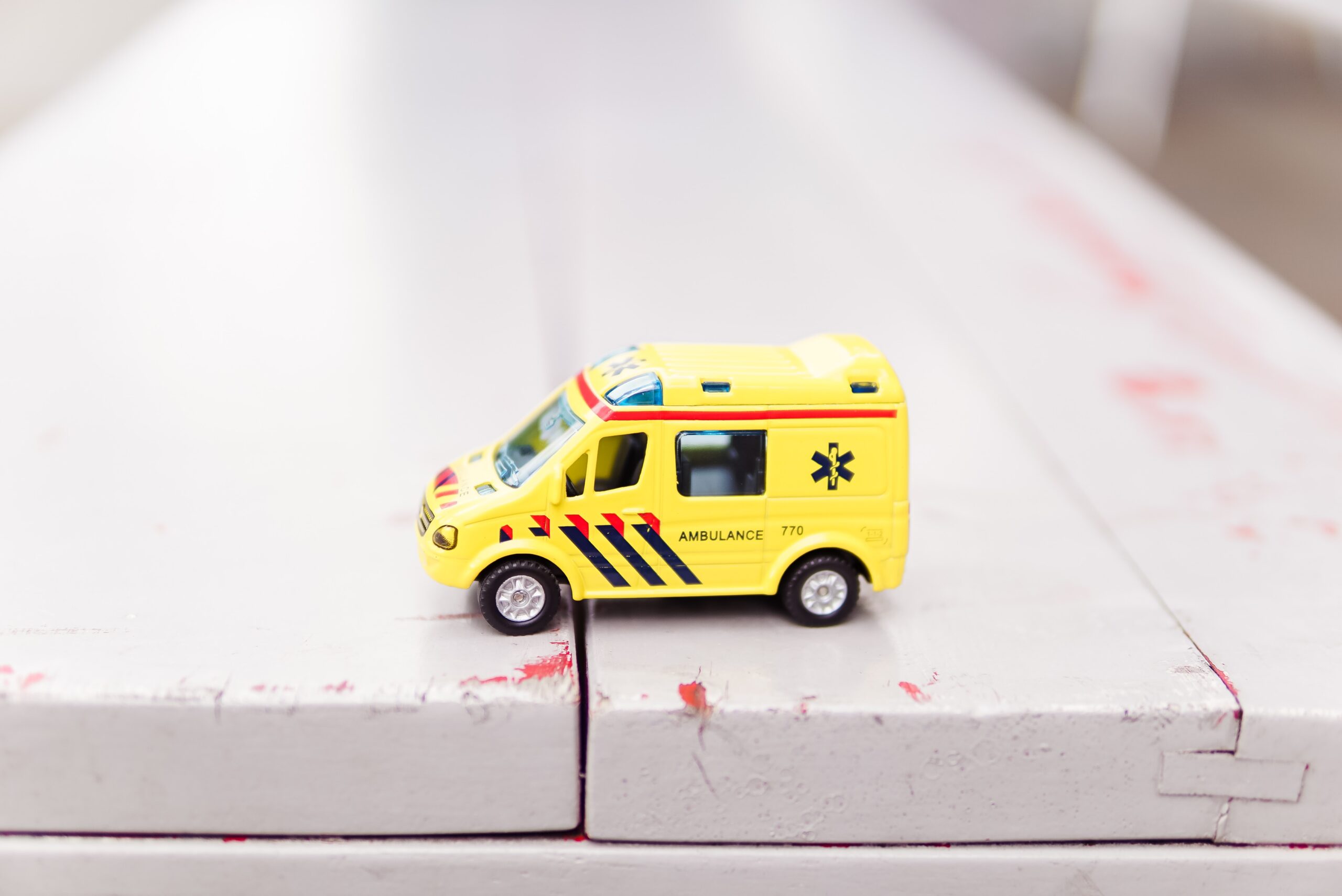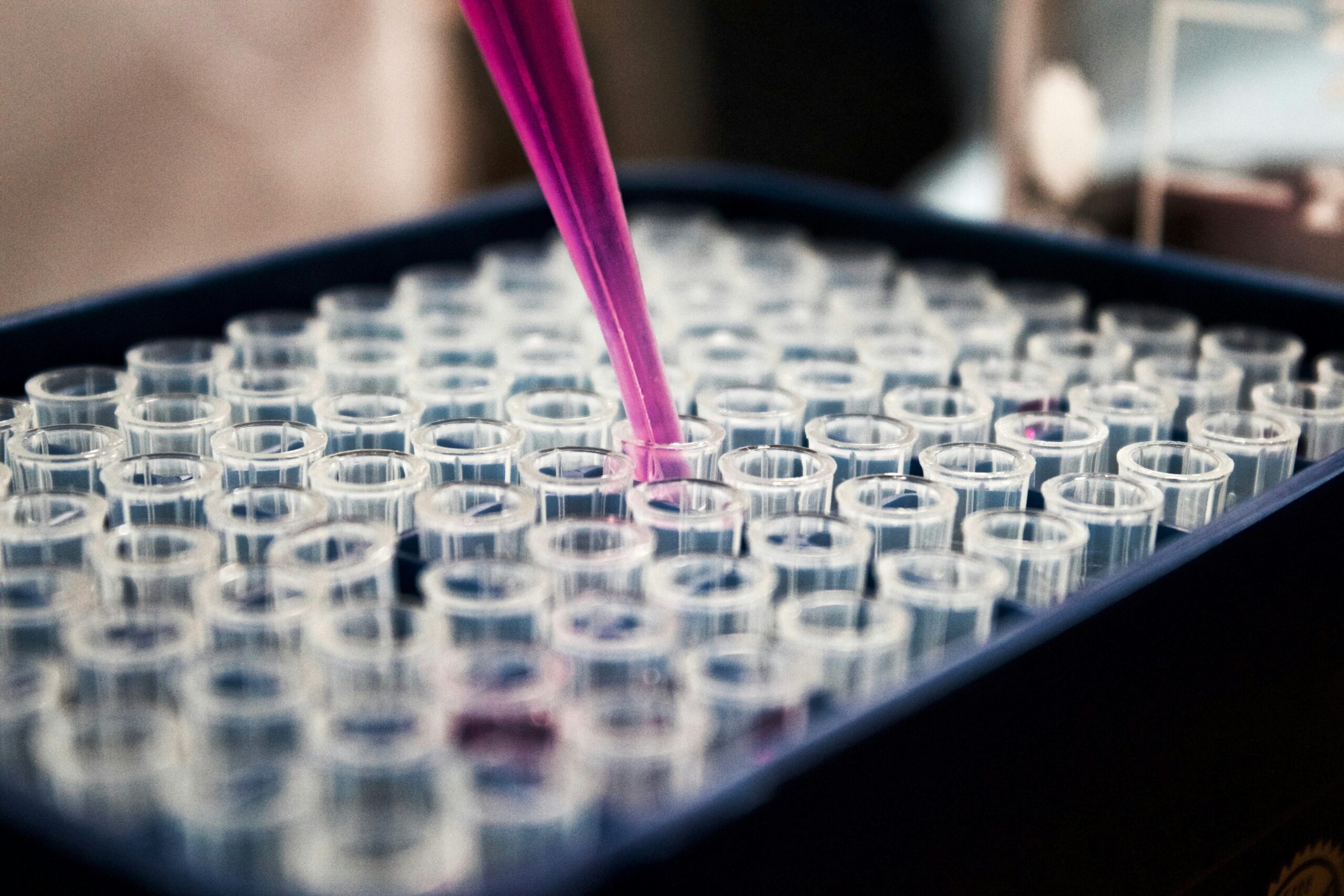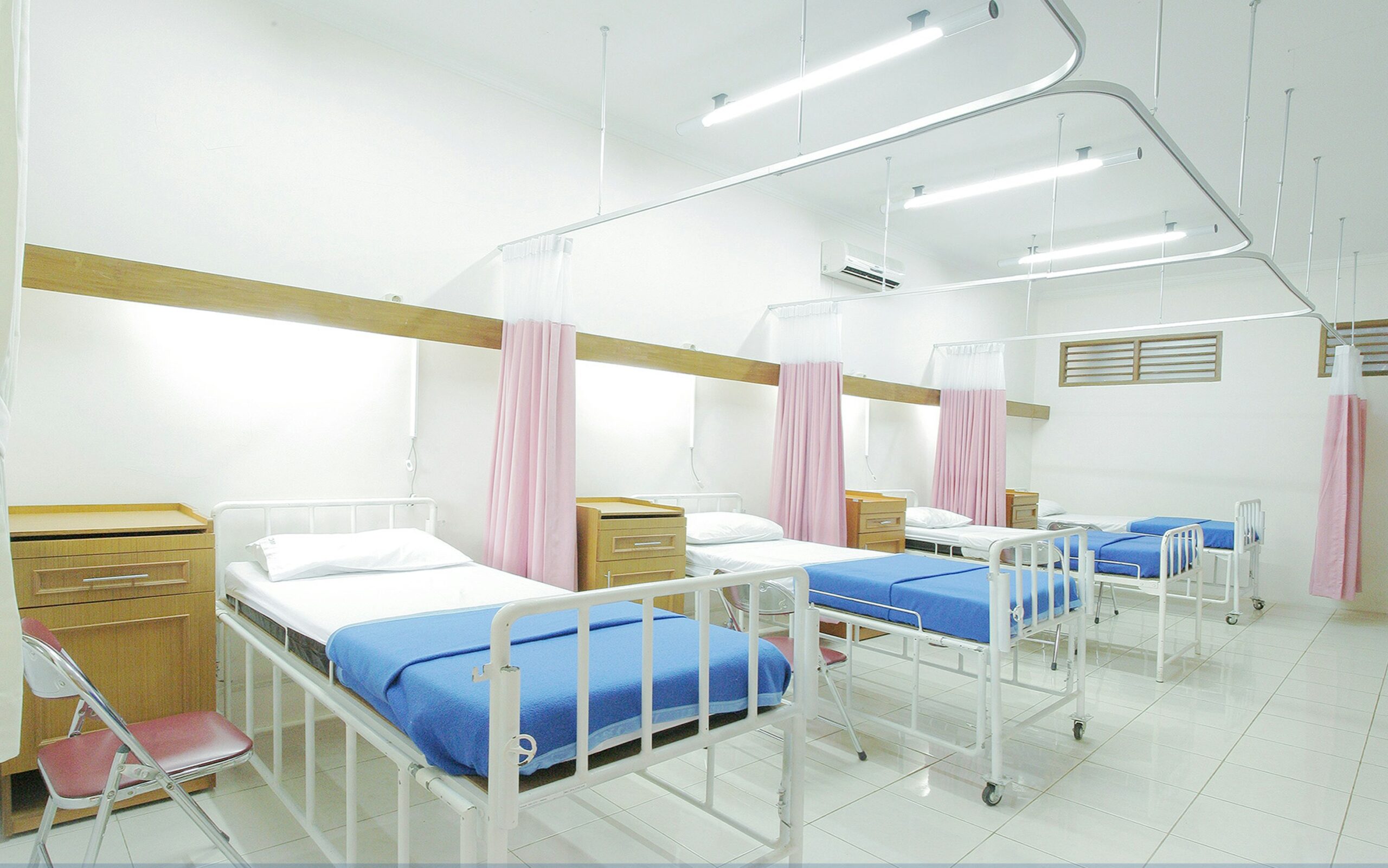Have you ever wondered about the mysterious role that your prostate gland plays in your body? Well, wonder no more, because this article will shed light on the fascinating functions of this small but mighty gland. From its involvement in reproductive health to its role in urine control, the prostate gland is a true unsung hero of your body. So, let's dive into the inner workings of this modern marvel and uncover the secrets of what the prostate gland actually does. Prepare to be amazed!

Understanding the Anatomy of the Prostate Gland
Location of the prostate gland
The prostate gland is a small, walnut-shaped gland located just below the bladder and in front of the rectum. It surrounds the urethra, which is the tube that carries urine from the bladder out of the body. Being situated in close proximity to the urinary and reproductive systems, the prostate gland plays a crucial role in male health and well-being.
Structural composition of the prostate gland
The prostate gland is made up of various types of tissue, including glandular tissue and smooth muscle tissue. Glandular tissue is responsible for producing the fluids that the prostate gland secretes, while smooth muscle tissue helps with the contraction and relaxation of the gland. There are also fibrous tissues that provide support and help maintain the shape of the prostate gland.
Size of a healthy prostate gland
The size of the prostate gland can vary from person to person. In general, a healthy prostate gland is approximately the size of a walnut or a small apricot. However, the size of the prostate gland tends to increase with age, and an enlarged prostate can lead to various health issues.
The Basic Functions of the Prostate Gland
Production of prostate fluid
One of the primary functions of the prostate gland is to produce prostate fluid. This fluid is essential for the survival and transportation of sperm. The prostate gland produces a milky-white fluid that makes up a significant portion of the semen. This fluid contains enzymes, citric acid, proteins, and other substances that provide energy to the sperm and help protect them on their journey through the female reproductive system.
Ejection of semen
During sexual climax, the muscles of the prostate gland contract, leading to the ejection of semen into the urethra. This process, known as ejaculation, allows for the release of sperm and seminal fluid. The prostate gland works in coordination with other reproductive organs, such as the seminal vesicles and the vas deferens, to facilitate the proper release and expulsion of semen.
The Role of the Prostate Gland in Male Reproduction
Prostate fluid and its role in male fertility
The prostate fluid produced by the prostate gland is crucial for male fertility. It provides the necessary nourishment and protection for the sperm, increasing their chances of successfully fertilizing an egg. The enzymes and proteins present in the prostate fluid help to break down substances in the female reproductive system that may hinder the movement of sperm, thus aiding in their journey towards the egg.
The prostate gland's contribution to the semen
The prostate gland contributes a substantial portion of the semen. The prostate fluid mixes with the sperm from the testes and the seminal fluid from the seminal vesicles to form semen. This combination provides a suitable medium for the sperm to survive and travel through the female reproductive system, increasing the likelihood of successful reproduction.
How the prostate gland aids in the transportation of sperm
The prostate gland plays a vital role in the transportation of sperm through the male reproductive system. The contractions of the muscles in the prostate gland help propel the semen forward, allowing the sperm to pass through the urethra and ultimately reach the female reproductive system. Without the action of the prostate gland, the movement of sperm would be significantly impaired, reducing the chances of fertilization.
The Prostate Gland and Male Sexuality
Prostate gland and orgasm
The prostate gland is closely associated with sexual pleasure and orgasm. Stimulation of the prostate gland, either internally through the rectum or externally through the perineum, can produce intense sensations and contribute to a more pleasurable sexual experience. Some individuals find that prostate stimulation can lead to stronger and more prolonged orgasms.
The prostate gland's role in erection
The prostate gland also plays a role in achieving and maintaining an erection. During sexual arousal, the smooth muscles in the prostate gland relax, allowing for increased blood flow to the penis. This increased blood flow is essential for achieving and sustaining an erection.
Role of prostate stimulation in sexual pleasure
Prostate stimulation, often referred to as prostate massage, can enhance sexual pleasure for some individuals. By stimulating the prostate gland, either manually or with the help of specific devices, one can experience heightened sensations and potentially achieve more intense orgasms. However, it is important to note that prostate stimulation is a personal preference and may not be enjoyable or desired by everyone.

The Prostate Gland's Relationship with Testosterone
How testosterone levels influence prostate function
Testosterone, the primary male sex hormone, has a significant impact on the function and health of the prostate gland. Testosterone is responsible for stimulating the growth and development of the prostate gland during puberty. It also helps regulate the production of prostate fluid and plays a role in maintaining overall prostate health.
Effects of low testosterone on the prostate gland
Low levels of testosterone can have adverse effects on the prostate gland. Reduced testosterone levels may contribute to the development of prostate-related disorders, such as benign prostatic hyperplasia (BPH) or an enlarged prostate. It is important for individuals with low testosterone levels to discuss their concerns with a healthcare professional and explore appropriate treatment options.
The role of testosterone in prostate enlargement
Testosterone plays a role in prostate enlargement, a condition known as benign prostatic hyperplasia (BPH). As men age, testosterone levels naturally decrease, while other hormones, such as estrogen, may become relatively more abundant. This hormonal imbalance can contribute to the growth and enlargement of the prostate gland, leading to urinary symptoms and potential complications.
Common Disorders of the Prostate Gland
Prostate cancer
Prostate cancer is one of the most common types of cancer in men. It occurs when abnormal cells in the prostate gland grow uncontrollably. Early detection and regular prostate screenings are crucial for identifying prostate cancer at its earliest stages when treatment options are most effective. Symptoms of prostate cancer may include difficulty urinating, blood in the urine or semen, and pelvic pain.
Benign Prostatic Hyperplasia (BPH)
Benign prostatic hyperplasia (BPH) refers to the non-cancerous enlargement of the prostate gland. As the prostate gland grows larger, it can put pressure on the urethra, causing various urinary symptoms such as frequent urination, weak urine flow, and difficulty starting or stopping urination. BPH is a common condition in aging men and can usually be managed through lifestyle changes, medication, or surgical interventions.
Prostatitis
Prostatitis is the inflammation of the prostate gland, often resulting from an infection. It can cause symptoms such as pain or discomfort in the pelvic area, difficulty urinating, and frequent urination. Treatment for prostatitis typically involves antibiotics to target the underlying infection, along with pain relievers to alleviate discomfort.

Symptoms indicating Prostate Gland Problems
Difficulties in urination
Problems with urination are often an indication of prostate gland problems. Symptoms such as frequent urination, weak urine flow, urgency to urinate, and the sensation of incomplete emptying of the bladder may suggest an issue with the prostate gland. It is essential to consult a healthcare professional if experiencing any of these symptoms to determine the underlying cause and appropriate treatment options.
Problems related to sexual performance
Prostate gland problems can also impact sexual performance. Difficulties achieving or maintaining an erection, decreased libido, and ejaculatory issues may be associated with prostate-related disorders. If these problems persist or worsen, it is advisable to seek medical advice to address any underlying prostate gland issues.
Pain in the lower back and pelvic area
Pain in the lower back and pelvic area can be indicative of prostate gland problems, such as prostatitis or an enlarged prostate. If experiencing persistent pain or discomfort in these areas, it is important to consult a healthcare professional for a proper evaluation and diagnosis.
Diagnosing Prostate Gland Issues
Prostate-Specific Antigen (PSA) Test
The Prostate-Specific Antigen (PSA) test is a blood test used to measure the levels of PSA in the bloodstream. PSA is a protein produced by the prostate gland, and elevated levels may indicate the presence of prostate cancer or other prostate-related disorders. However, it is important to note that an elevated PSA level does not necessarily indicate prostate cancer and further diagnostic tests may be required for an accurate diagnosis.
Digital Rectal Exam (DRE)
A Digital Rectal Exam (DRE) involves a healthcare professional inserting a gloved, lubricated finger into the rectum to assess the size, shape, and texture of the prostate gland. This physical examination can provide valuable information about the prostate gland's health and detect any abnormalities or signs of prostate-related conditions.
Ultrasound and biopsy for prostate assessment
Ultrasound and biopsy may be used to further evaluate the prostate gland. Transrectal ultrasound uses sound waves to create images of the prostate gland and surrounding areas. A biopsy involves taking a small sample of prostate tissue and examining it under a microscope to determine if cancer or other abnormalities are present.
Treatment for Prostate Gland Disorders
Medications for prostate disorders
Medications may be prescribed to manage prostate gland disorders. For conditions such as BPH, alpha-blockers or 5-alpha reductase inhibitors may be used to relax the muscles of the prostate gland and improve urinary symptoms. In the case of prostate cancer, various treatment options, including hormonal therapy, chemotherapy, radiation therapy, or surgery, may be recommended depending on the stage and severity of the cancer.
Surgical procedures for prostate issues
Surgical interventions may be necessary to treat certain prostate gland disorders. Transurethral resection of the prostate (TURP) is a common surgical procedure used to treat BPH by removing part of the enlarged prostate gland. Other surgical techniques, such as laser ablation or prostatectomy, may be considered for specific cases.
Radiotherapy for prostate disorders
Radiotherapy, the use of high-energy radiation, may be employed to treat prostate cancer. It aims to target and destroy cancer cells in the prostate gland while minimizing damage to surrounding healthy tissues. Radiotherapy can be delivered externally or internally through the use of radioactive implants.
Preventing Prostate Gland Problems
Importance of regular prostate check-ups
Regular check-ups and screenings are crucial for maintaining prostate health. Men should discuss their risk factors and appropriate screening schedules with healthcare professionals. Early detection of prostate-related issues can significantly improve treatment outcomes and overall prognosis.
Lifestyle changes for prostate health
Adopting a healthy lifestyle can contribute to prostate health. Regular exercise, a balanced diet, and maintaining a healthy weight can help reduce the risk of prostate gland problems. Avoiding excessive alcohol consumption and quitting smoking are also beneficial for overall prostate health.
Diet for maintaining a healthy prostate
A well-balanced diet that includes a variety of fruits, vegetables, whole grains, lean proteins, and healthy fats is recommended for maintaining a healthy prostate. Consuming foods rich in antioxidants, such as tomatoes, berries, and green tea, may also have protective benefits for the prostate. It is advisable to limit the consumption of processed foods, red meat, and high-fat dairy products, as they may increase the risk of prostate-related disorders.
In conclusion, the prostate gland is a vital organ in the male reproductive system. It plays a crucial role in fertility, sexual function, and overall male health. Understanding the anatomy, functions, and potential issues related to the prostate gland can help individuals make informed decisions about their health and seek appropriate medical attention when necessary. Regular check-ups, healthy lifestyle choices, and early detection are key in maintaining prostate health and well-being.

